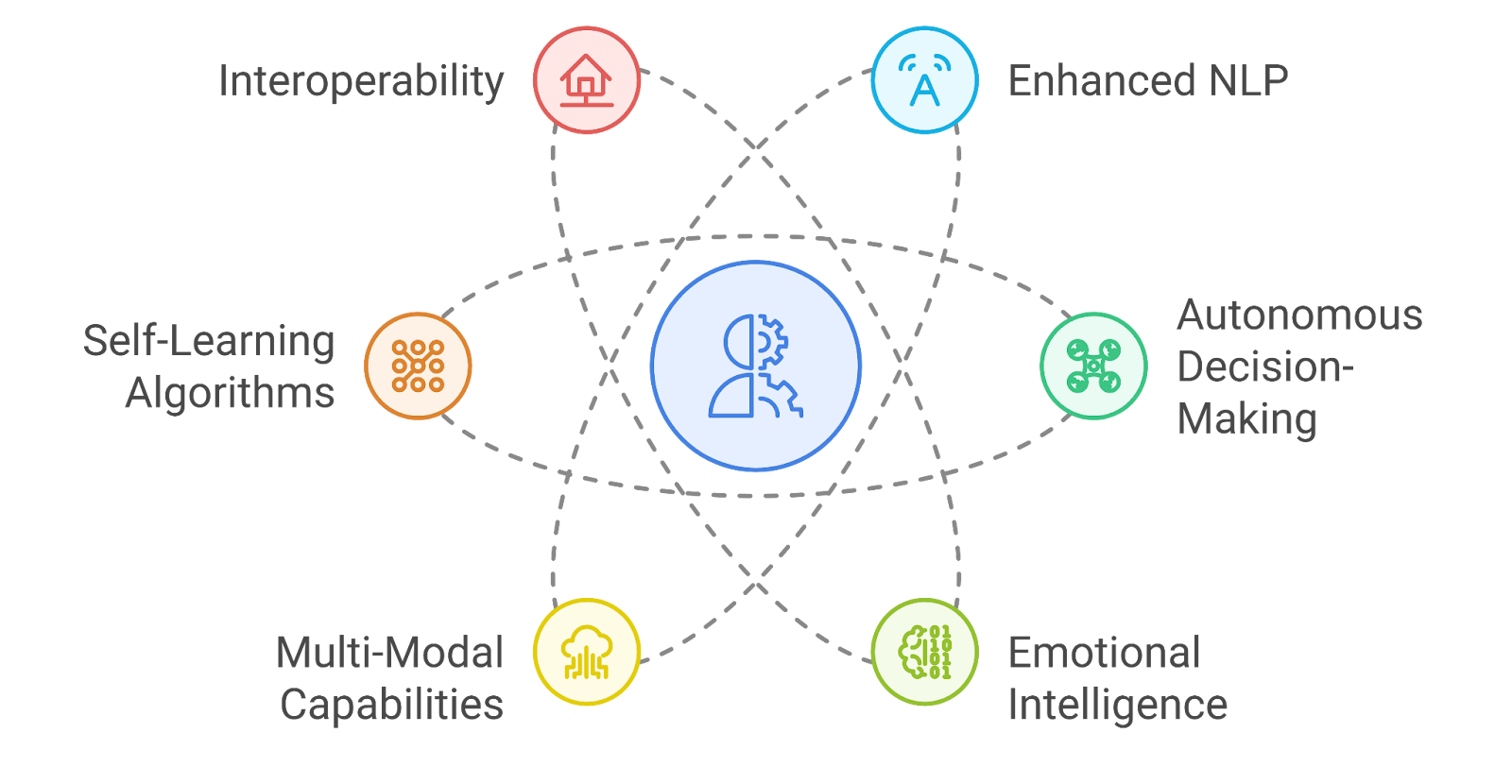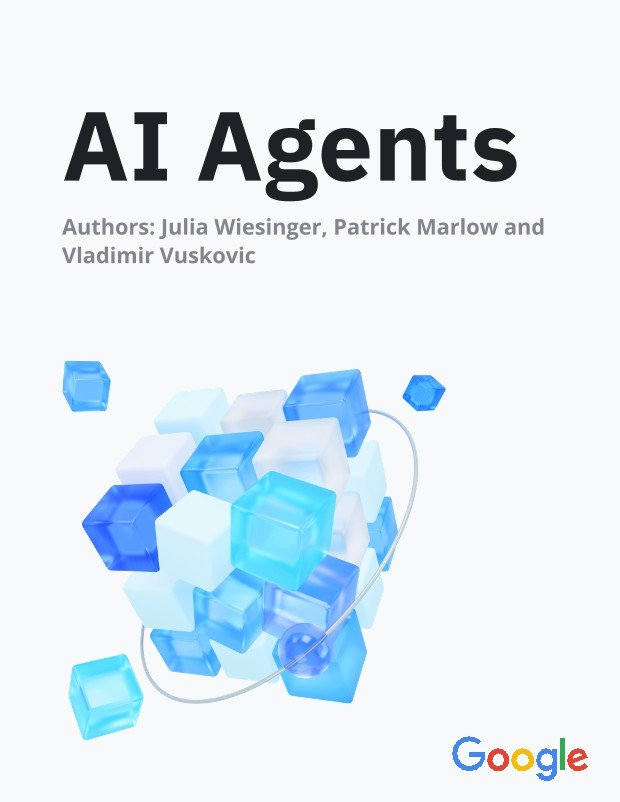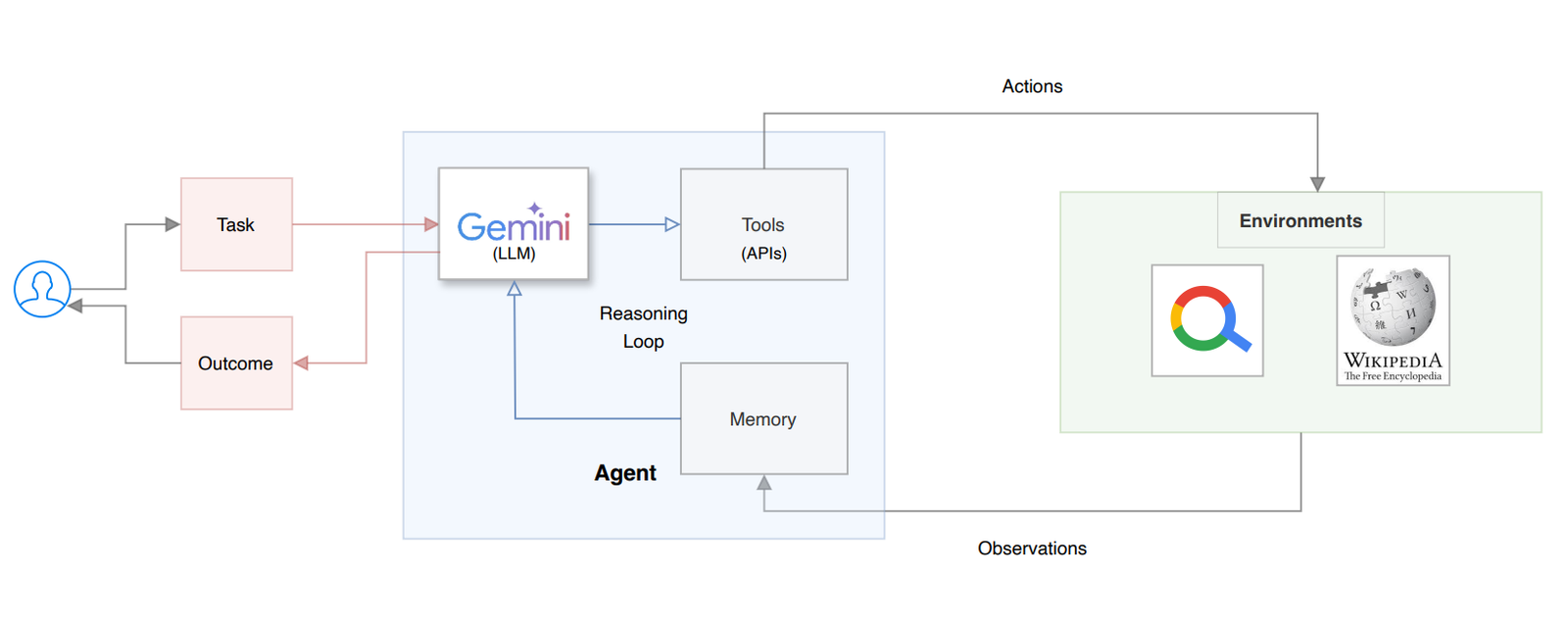Overview
Large Language Models (LLMs) are transforming the field of artificial intelligence, particularly in collaborative environments involving multiple autonomous systems. These models possess the capability to process and generate natural language, enabling them to interact and collaborate effectively. Multi-agent systems powered by LLMs utilize multiple AI-driven agents, each with specialized roles, to handle complex tasks and decision-making processes.
Key Characteristics of Multi-Agent LLM Systems
| Feature | Description |
|---|---|
| Specialized Agents | Each agent focuses on a specific area, improving expertise and task efficiency. |
| Collaboration | Agents communicate and work together to address multifaceted problems. |
| Autonomy | Independent agents act without direct human intervention within defined scopes. |
| Adaptability | Systems adjust to new challenges by integrating additional agents as needed. |
Benefits of Multi-Agent Collaboration
Multi-agent LLM systems provide several advantages:
- Expertise Across Domains: Leveraging multiple specialized agents ensures a wide range of expertise for solving diverse problems.
- Efficiency in Problem Solving: Collaboration among agents allows for faster and more sophisticated approaches to challenges.
- Reduced Errors: The redundancy in multi-agent systems enhances reliability, with other agents compensating when one falls short.
- Scalable Solutions: Systems can be expanded or refined by introducing new agents tailored to emerging needs.
Applications in Diverse Fields
Multi-agent LLM systems are versatile and applicable across several sectors:
- Healthcare: These systems offer assistance in diagnostics, treatment recommendations, and medical research collaboration, driving improvements in patient care.
- Finance: In financial analysis and advisory services, they assess trends, interpret complex datasets, and deliver tailored strategies.
- Education: AI agents provide personalized learning tools that adapt to students’ individual needs and educational goals.
- Customer Support: Multi-agent configurations enable quick responses to queries while maintaining the quality of service.

6757cae7c158d6d59722f397 AD 4nXewrIOFV7eZeZRxyvUGsj64FkRJ1EZaZ RSCxWUxKlobGu0BhYpq6c0ppfNfqVU NVdIRsYxs9rBBXgqUZUQ8t2qNqnybel9pwF2CJ1Jd4elLdsxMto8zkj4TmKaC0OUD9 YyYg1Q
Decision-Making and Coordination
Effective decision-making within multi-agent systems relies on well-defined coordination protocols. Agents use shared data and communication paths to ensure their actions align with overarching objectives. This collaboration minimizes conflicts and optimizes overall system performance.
Ethical and Practical Considerations
As multi-agent systems grow powerful, ethical concerns emerge. These include ensuring fair decision-making, maintaining system transparency, and establishing clear accountability. Furthermore, practical challenges such as seamless data integration and communication pathways must be addressed to enable smooth operations.

Advancing AI Collaboration
The potential for further innovation in LLM-driven multi-agent systems is vast. Future advancements may include real-time collaboration capabilities, integration of cross-domain expertise, and the ability to handle complex, interdisciplinary tasks. Systems designed with ethical guidelines and robust monitoring will be essential to their success.
Multi-agent LLMs are cementing their role as transformative tools in modern technology and remain critical to solving increasingly complex challenges across industries.
Commonly Asked Questions About Multi-Agent Large Language Models
Strategies for Integrating Multi-Agent Systems with Large Language Models
Effectively combining multi-agent systems with large language models involves creating a seamless framework for collaboration. Agents can focus on distinct tasks, such as problem-solving or decision-making, while leveraging the knowledge and capabilities of the language model. Establishing clear communication protocols between agents is key, ensuring that roles and responsibilities are well-defined. Scalable architectures that can adapt to diverse workflows or challenges also play a vital role in successful integration.
Key Development Challenges for Multi-Agent Language Models
Developing multi-agent large language models comes with hurdles such as managing computational resources and ensuring efficient coordination among agents. Conflict resolution mechanisms are crucial when agents have overlapping responsibilities. Additionally, designing systems that can handle data privacy concerns and biases within the language model remains an ongoing challenge. Researchers also grapple with fine-tuning these models without compromising accuracy or adaptability.

How Multi-Agent Collaboration Improves Model Performance
Engaging multiple agents adds an extra layer of efficiency and specialization to large language models. Agents can divide tasks, which allows the language model to focus on its strengths, like generating contextually rich responses or analyzing large datasets. Collaborative problem-solving allows agents to refine outputs by evaluating and improving on one another’s contributions. This dynamic often leads to improved accuracy and faster execution in handling complex tasks.
Real-World Uses of Multi-Agent Large Language Models
Multi-agent language models find application in areas such as customer service automation, where different agents handle intent recognition, sentiment analysis, and response generation. In healthcare, they assist with clinical decision-making by delegating tasks like data retrieval or personalized recommendations. Education platforms also benefit, using agents to create adaptive learning experiences tailored to individual students’ progress.
Examples of Successful Multi-Agent Model Implementations

Examples of successful implementations highlight the growing utility of these systems. For instance, multi-agent chat interfaces combine conversational agents with task-specific bots to offer users comprehensive services. In logistics, systems powered by multi-agent large language models optimize supply chain operations, with agents managing inventory tracking, demand forecasting, and route planning. These use cases demonstrate the adaptability of these models across industries.
Techniques for Measuring the Effectiveness of Multi-Agent Language Models
Evaluating the performance of a multi-agent large language model often involves benchmark testing against real-world scenarios. Metrics such as response accuracy, completion time, and resource efficiency are commonly analyzed. Additional methodologies include user feedback loops to assess practical applicability and stress testing to identify limitations under high-demand situations. These evaluations guide improvements and ensure long-term reliability.
AI Agents vs. Search Engines: Key Differences
| Feature | AI Agents | Traditional Search Engines |
|---|---|---|
| Query Processing | Understands natural language and context | Matches keywords |
| Result Format | Provides direct answers and summaries | Offers links to websites |
| Information Processing | Combines data from multiple sources | Ranks and displays individual sources |
| User Interaction | Conversational with follow-up questions | One query at a time |
| Data Currency | Limited by training data cutoff | Real-time updates available |
| Source Attribution | May lack clear citations | Links directly to sources |
| Customization | Learns user preferences over time | Limited to basic search history |
| Task Automation | Handles multi-step tasks | Requires manual naviga |





































